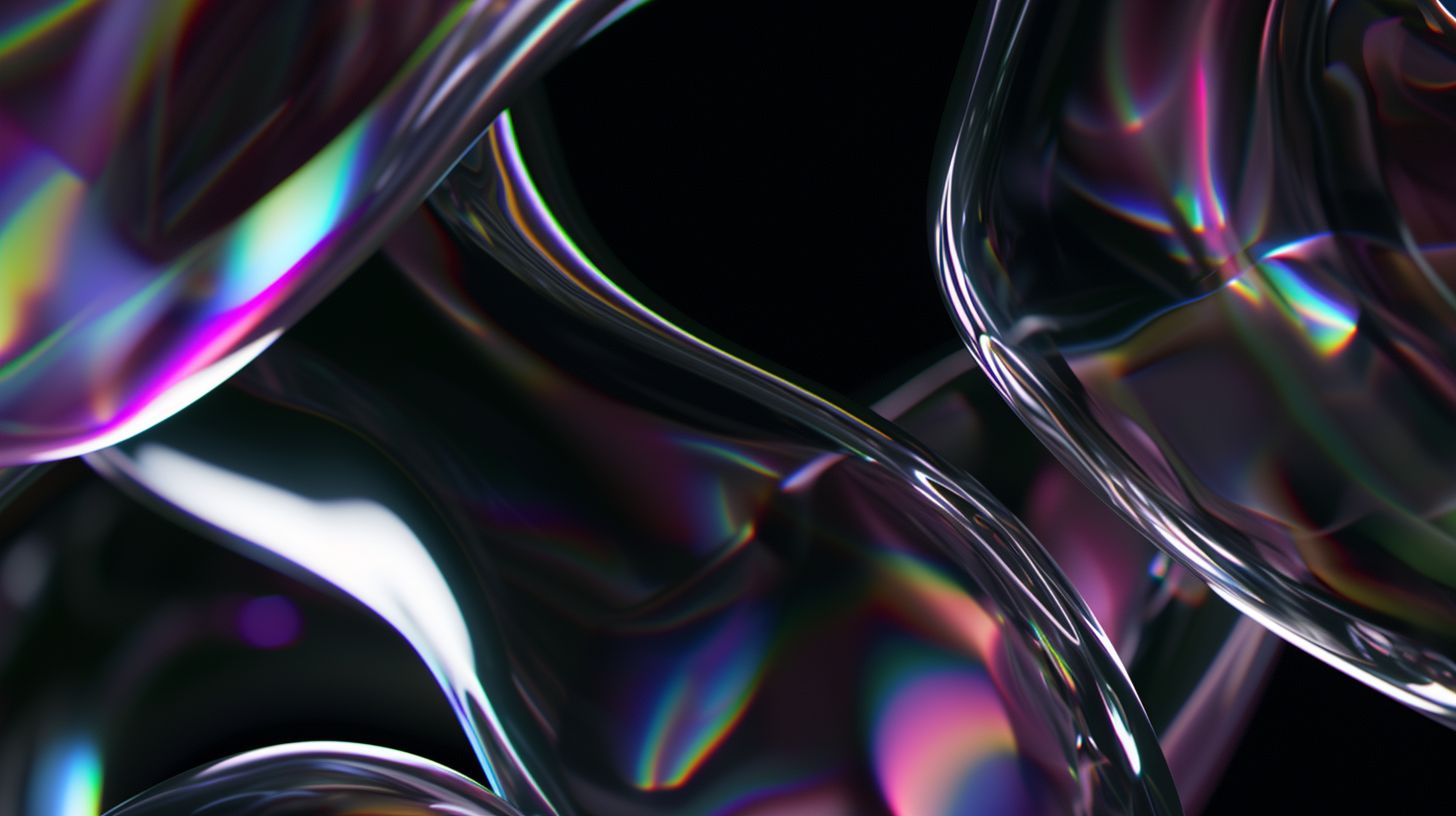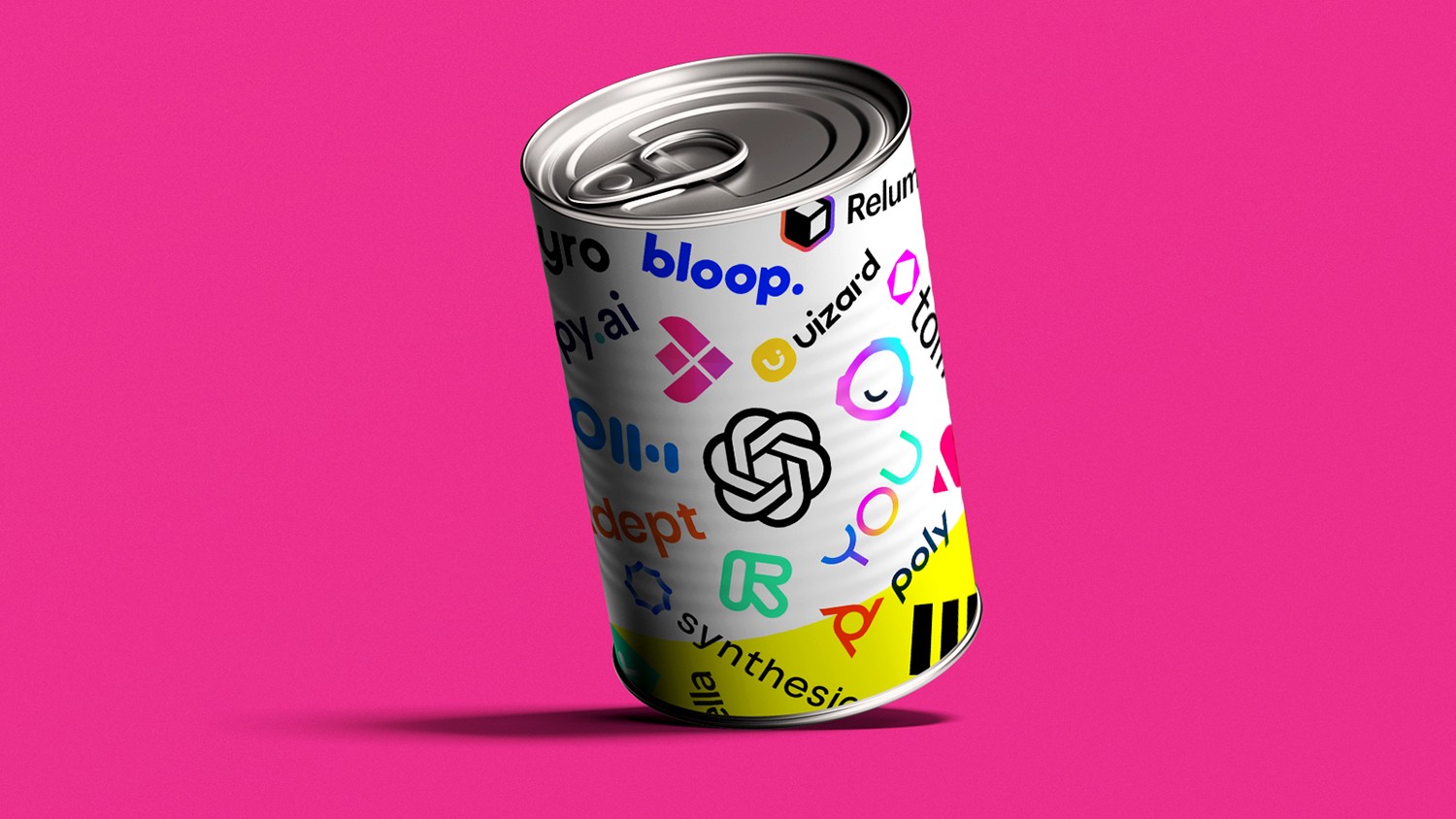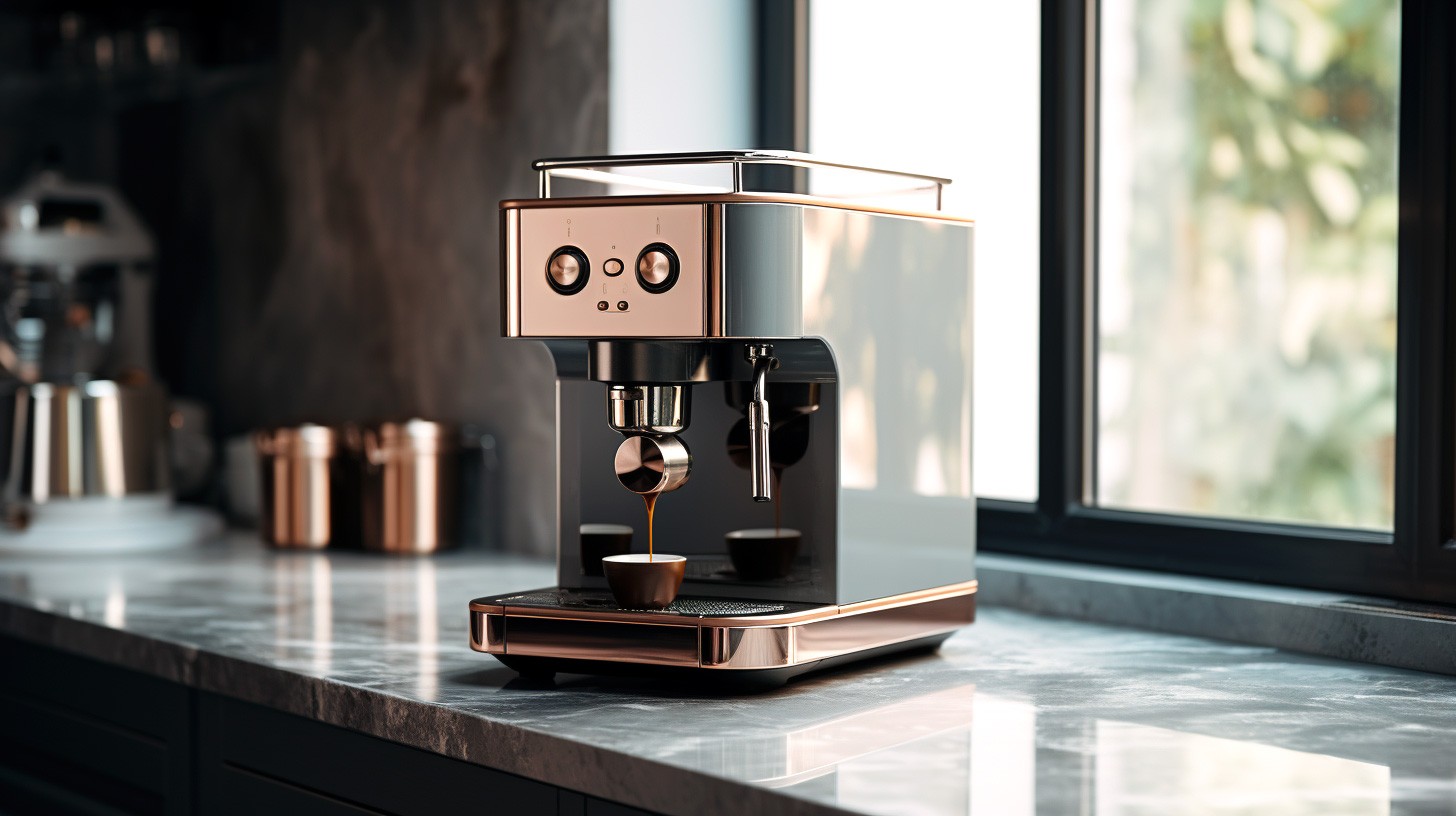
Introduction
When AI first entered creative industries, it sparked both fear and fascination. Would machines replace human creativity? Years into this transformation, we're discovering something far more interesting: AI isn't replacing creative professionals – it's amplifying their capabilities and unleashing unprecedented levels of creative productivity. Let's explore how this partnership between human creativity and artificial intelligence is reshaping the creative landscape.
The Evolution of Creative Work
Remember the days when graphic designers spent hours perfecting font kerning, or when content creators manually researched and formatted each piece? Those time-consuming technical tasks often left little room for genuine creative exploration. Today, the creative landscape looks remarkably different. AI has taken over many of these repetitive tasks, but instead of diminishing creative roles, it has enhanced them in unexpected ways.
Content Creation: A New Era of Productivity
The transformation in content creation has been particularly profound. Writers and marketers who once struggled to maintain consistent output while preserving quality are discovering a new way of working. Take Sarah, a content director at a Dutch marketing agency, who shares how AI has transformed her team's workflow: "We used to spend 70% of our time on research and basic writing structure, leaving little time for creative storytelling and strategic thinking. Now those proportions have flipped."
This shift isn't just about producing more content – it's about producing better content. With AI handling research, initial drafts, and basic optimization, creative professionals can focus on adding the human elements that truly engage audiences: emotional resonance, cultural nuance, and strategic insight.
Design: Where Automation Meets Artistry
In the design world, the productivity gains are equally impressive but manifested differently. Graphic designers are using AI not just to automate technical tasks but to enhance their creative process. The ability to generate and iterate through multiple design concepts quickly has transformed how designers work with clients.
A Rotterdam-based design studio reports that their conceptual phase, which used to take weeks, now takes days. But more importantly, the quality of their final work has improved. "AI helps us explore more possibilities quickly," explains their creative director. "We can show clients multiple directions and iterate based on their feedback, all while maintaining our unique creative vision."
Music Production: Composing the Future
The music industry provides another fascinating example of AI-enhanced creativity. Modern music producers are using AI to generate chord progressions, suggest melodic variations, and even create entire backing tracks. But rather than replacing musicians, these tools are enabling new forms of creative expression.
A small Amsterdam recording studio now uses AI to help independent artists produce professional-quality tracks at a fraction of the traditional cost and time. The AI handles basic arrangements and mixing, allowing artists and producers to focus on the emotional core of their music – the elements that no machine can replicate.
The Strategic Shift
Perhaps the most significant long-term productivity gain isn't in the speed of creation but in the shift toward more strategic creative work. Creative professionals are spending less time on technical execution and more time on strategy, innovation, and human connection. This shift is creating deeper value for clients and more satisfying work for creatives.
Measuring the Impact
The numbers tell a compelling story. Creative agencies report:
Project completion times reduced by 40-60%
Client revision requests decreased by 35%
Team capacity for strategic work increased by 75%
Overall creative output doubled or tripled
But beyond these metrics, there's a qualitative transformation. Creative professionals report feeling more fulfilled, spending more time on meaningful creative challenges rather than repetitive tasks.
The Human Element Remains Essential
Despite these gains, the human element remains crucial. AI excels at pattern recognition, iteration, and technical execution, but it can't replace human creativity's most valuable aspects: emotional intelligence, cultural awareness, and strategic thinking. The most successful creative professionals aren't those who rely entirely on AI, but those who've learned to collaborate with it effectively.
Looking to the Future
As AI tools continue to evolve, we can expect even greater productivity gains. But the future isn't about AI taking over creative roles – it's about enabling creative professionals to work at their highest level. We're moving toward a future where AI handles the technical and repetitive aspects of creative work, allowing humans to focus on what they do best: innovation, emotional connection, and strategic creative thinking.
The New Creative Workflow
Today's most successful creative professionals have developed workflows that seamlessly blend human creativity with AI capabilities. They use AI for:
Initial research and inspiration
Technical execution and optimization
Iteration and variation
Basic quality control
This leaves them free to focus on:
Strategic creative direction
Emotional storytelling
Cultural relevance
Client relationships
The integration of AI in creative roles isn't just about doing things faster – it's about doing them better. By automating technical tasks and enhancing the creative process, AI is enabling a new era of creative productivity. But perhaps most importantly, it's allowing creative professionals to focus on the aspects of their work that truly matter: creating meaningful, emotionally resonant content that connects with audiences.
The future of creative work isn't human versus machine – it's human and machine, working together to unlock new levels of creative potential.






